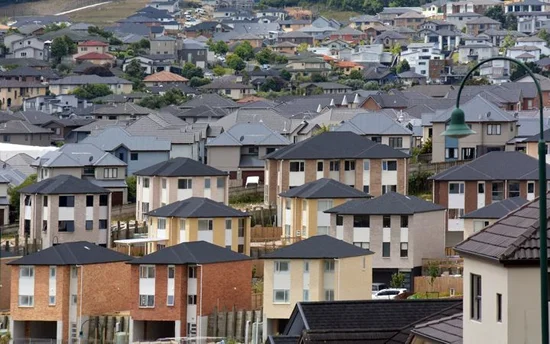UK Housing Crisis: More than 8.4 Million Affected

There has never been any doubt as to the extent of the severity of the UK housing crisis. However, a new report published by the National Housing Federation claims that the issue is significantly worse than previous estimates suggest.
According to the NHF, there are currently at least 8.4 million people living in England in insecure, unaffordable, or unsuitable dwellings. The report also suggests that the housing crisis is having a detrimental impact on all age groups and regions across the country.
In response to the report, government representatives once again stated that 430,000 additional affordable homes have been made available since 2010, underscoring a so-called commitment to affordable housing. Nevertheless, the figures from the NHF paint a picture of chronic overcrowding and affordability issues, resulting in millions living in entirely unfavourable conditions.
The study was carried out for the National Housing Federation by Heriot-Watt University, analysing data gathered from more than 40,000 people for the annual Understanding Society survey. The findings were reached by scaling up the figures to match the population of England, which currently sits at around 56 million.
According to the report published by the NHF:
- At least 3.6 million people in England live in overcrowded homes.
- More than 2.5 million people cannot afford their mortgage or rent payments.
- A further 2.5 million people live in properties they can’t afford to move out of, which may include living with an ex-partner, adults living with parents, unwanted house sharing, and so on.
- Approximately 1.7 million people live in housing that is not suitable for their needs, such as elderly residents in properties that cannot safely move around.
- A minimum of 1.4 million people live in homes considered ‘poor quality’ that do not satisfy their basic requirements.
- Up to 400,000 people are either homeless or face the risk of becoming homeless. A figure that incorporates people in temporary accommodation, individuals living in homeless shelters, and those who sleep rough
The report published by the National Housing Federation also highlights the fact that many of those affected by the housing crisis have more than one of the issues outlined above. For example, it is not uncommon for people to live in overcrowded homes that are not suitable for their needs and still struggle to meet their monthly rent payments.
Calls for more social housing
One of the most important findings highlighted in the report was the estimated 3.6 million people who are only able to live comfortably and within their means in social housing. This would amount to around twice the number of people currently on the social housing waiting list, according to official government figures.
On average, rents for tenants in social housing are approximately 50% cheaper than comparable properties from private landlords. Nevertheless, there is already a huge deficit in availability, as demand for social housing continues to outstrip supply. According to the NHF, the country currently needs a minimum of 340,000 new homes to be built every year, including no fewer than 145,000 social homes, to cope with demand.
“From Cornwall to Cumbria, millions of people are being pushed into debt and poverty because rent is too expensive, children can’t study because they have no space in their overcrowded homes, and many older or disabled people are struggling to move around their own home because it’s unsuitable,” commented Kate Henderson, Chief Executive at the National Housing Federation.
Meanwhile, the government reaffirmed its commitment to clamping down on illegal and unscrupulous landlords, ensuring property letting costs are brought under control, and capping deposit requirements for private property lets. A representative of the Ministry of Housing, Communities, and Local Government said that these and other efforts are currently saving private tenants a collective £240 million per year.
